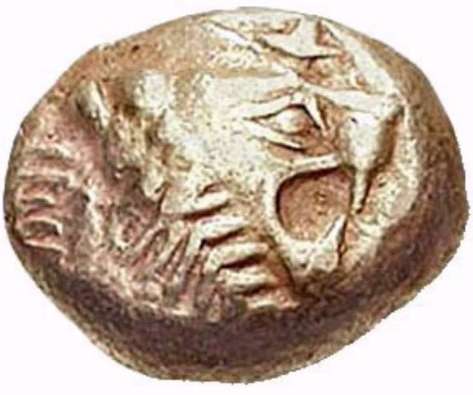Extreme weather conditions in Pakistan due to climate change
The Environmental Blog
SEPTEMBER 13, 2021
Pakistan is considered one of the disaster-prone countries in Asia. Several other severe episodes of droughts were recorded in 1967–69, 1971, 1973–75, 1994, 1998–2002, and most recent 2009–15. Glaciers are receding and wasting at a global level, which shows the sign of Global warming.















Let's personalize your content